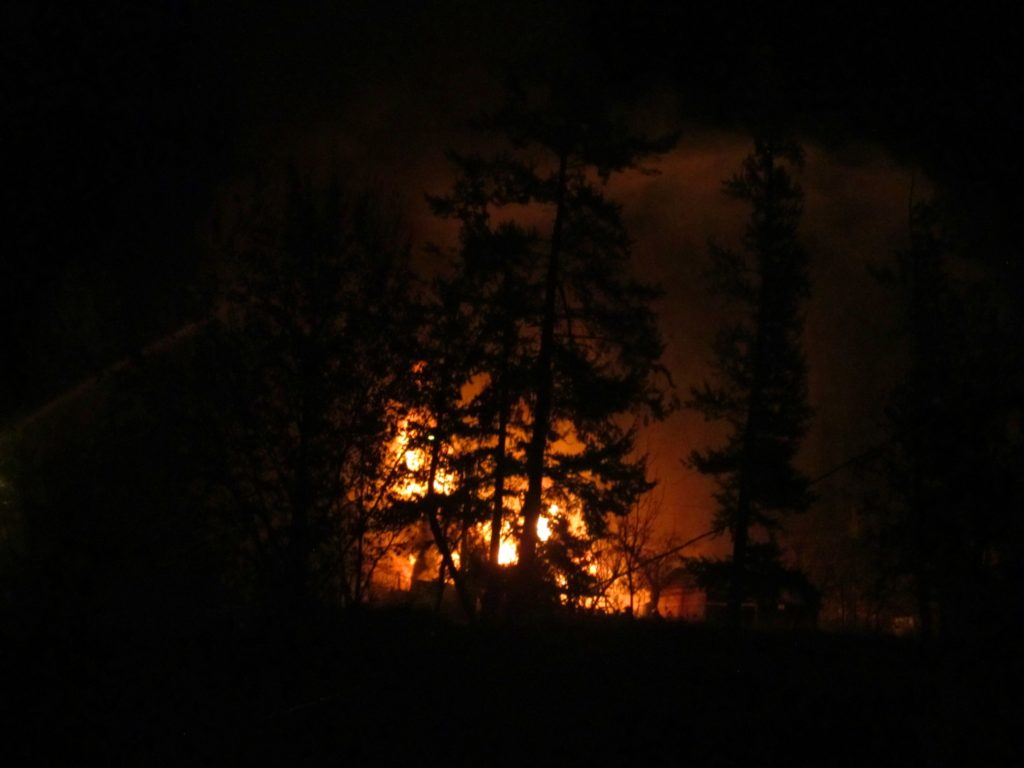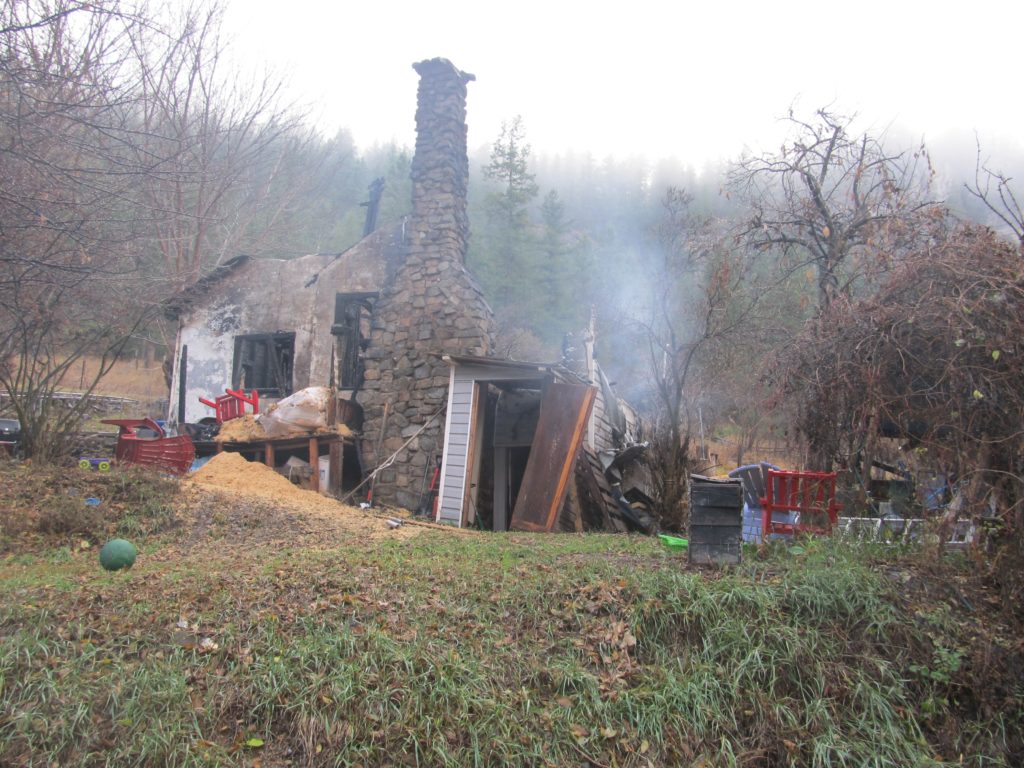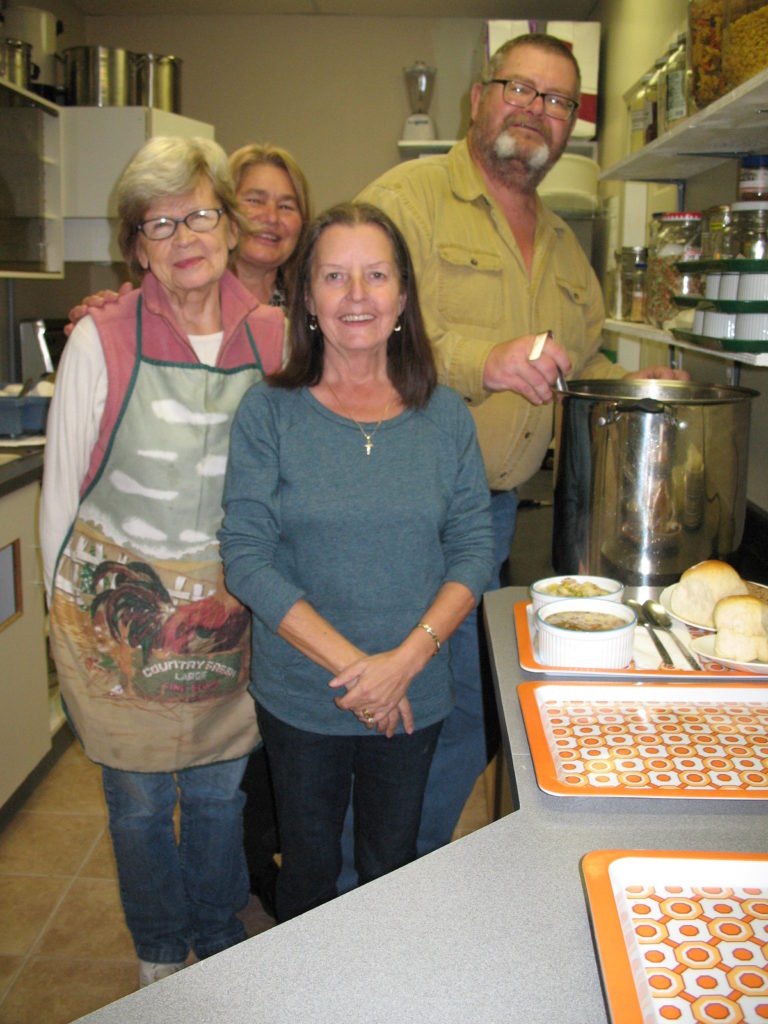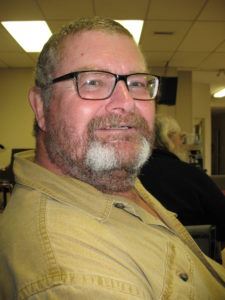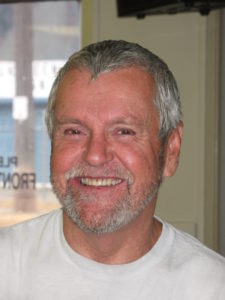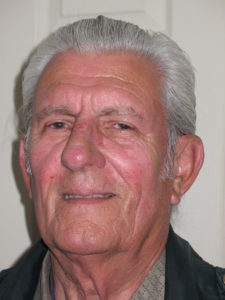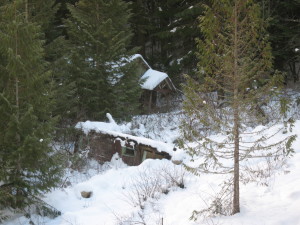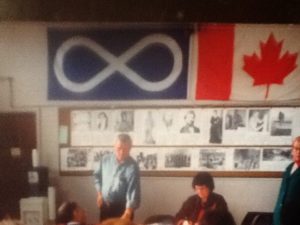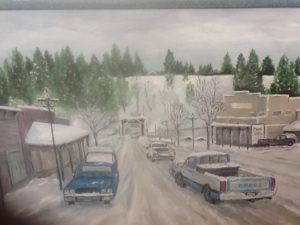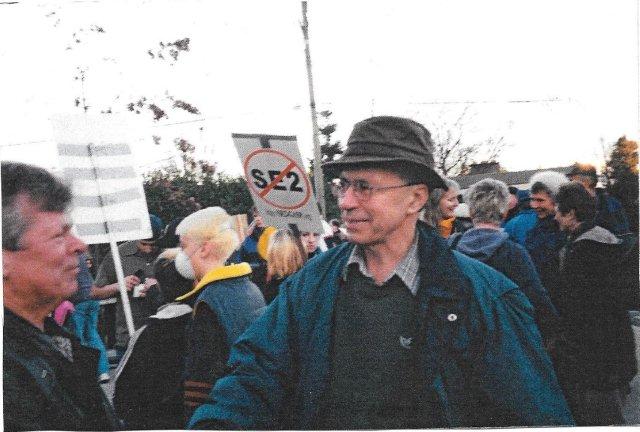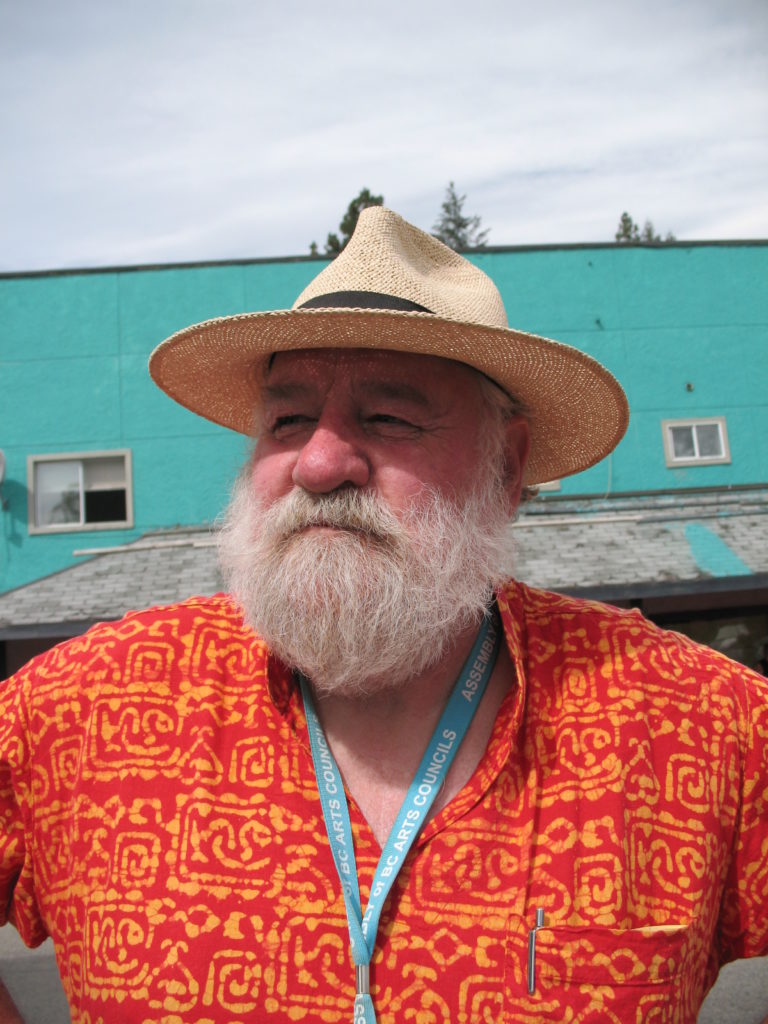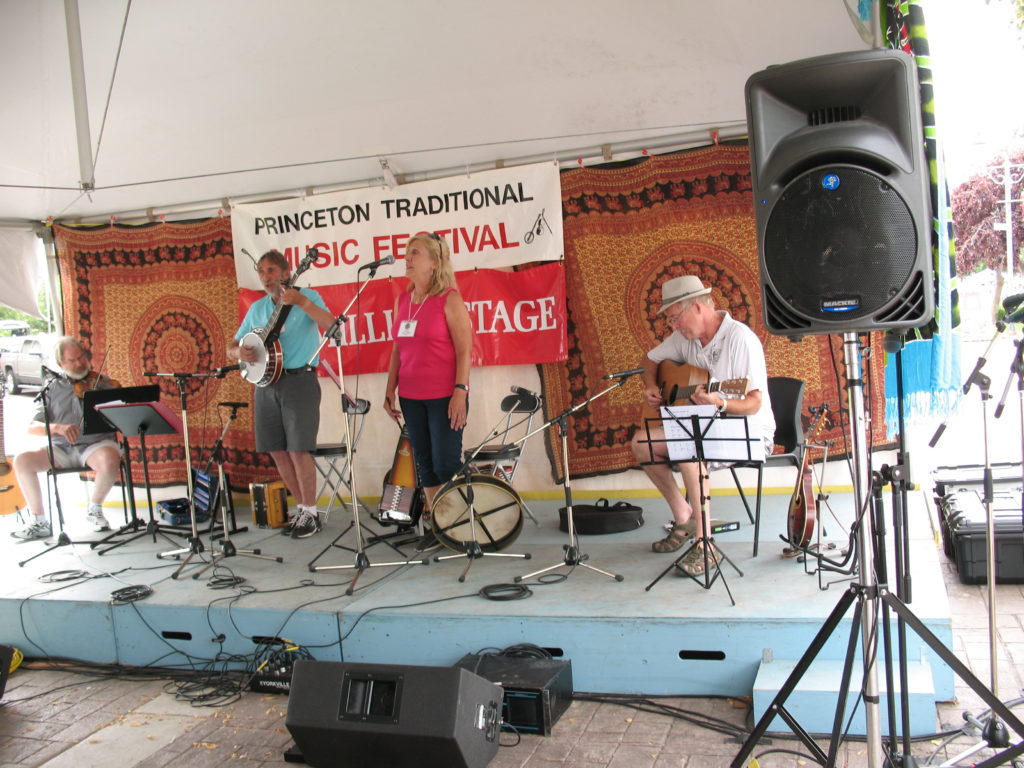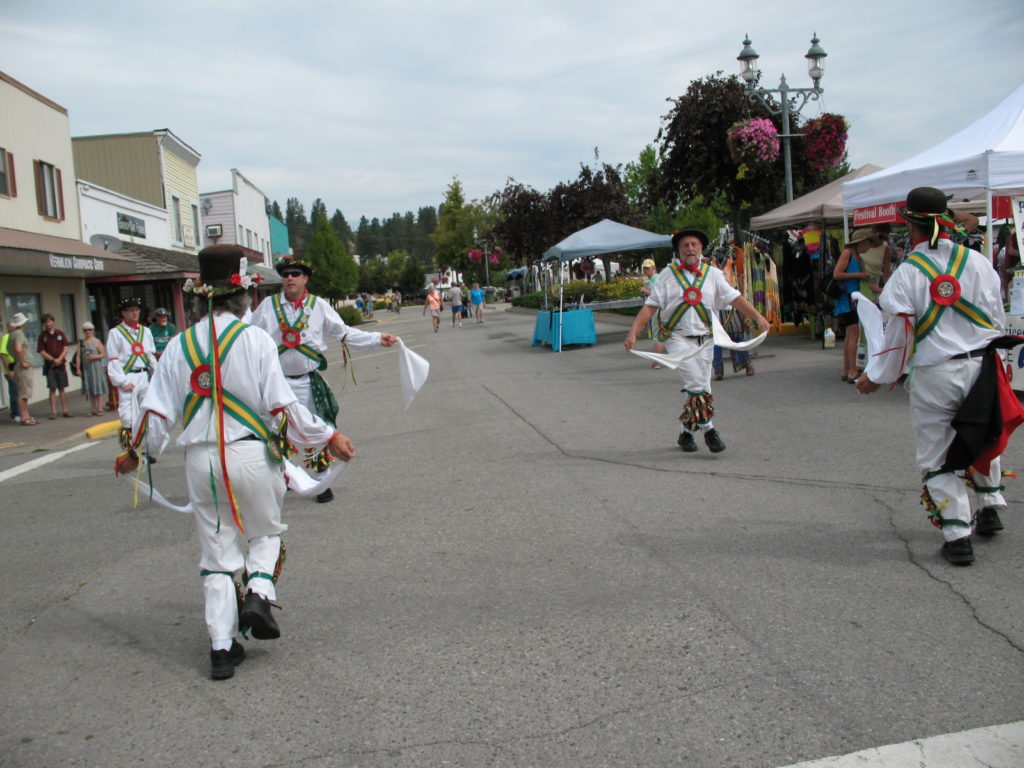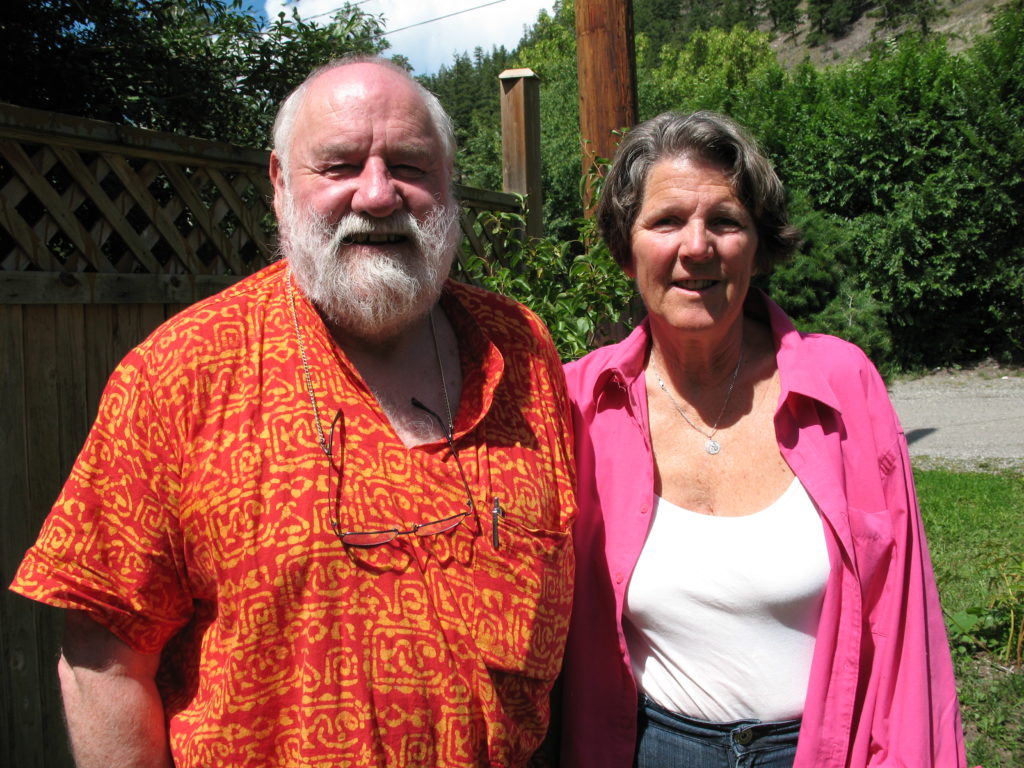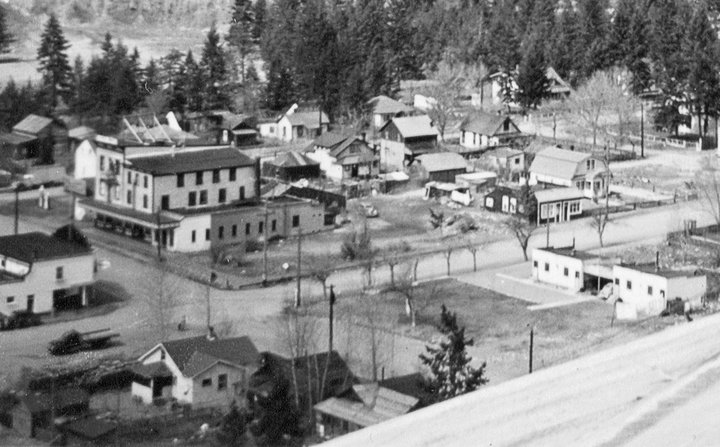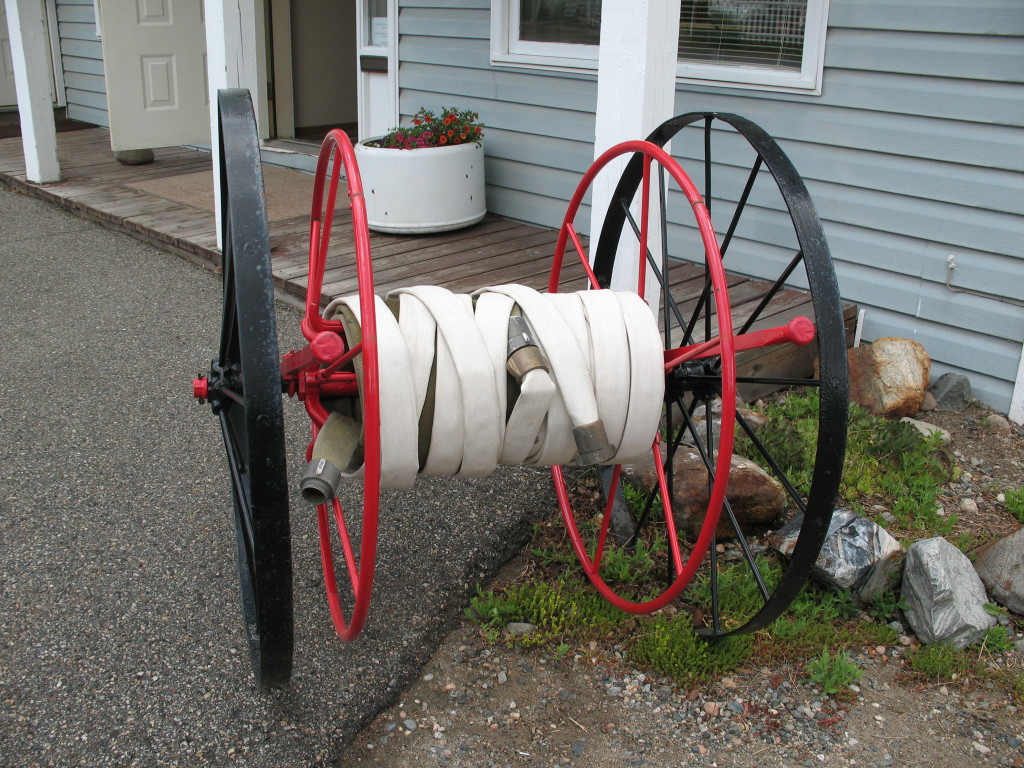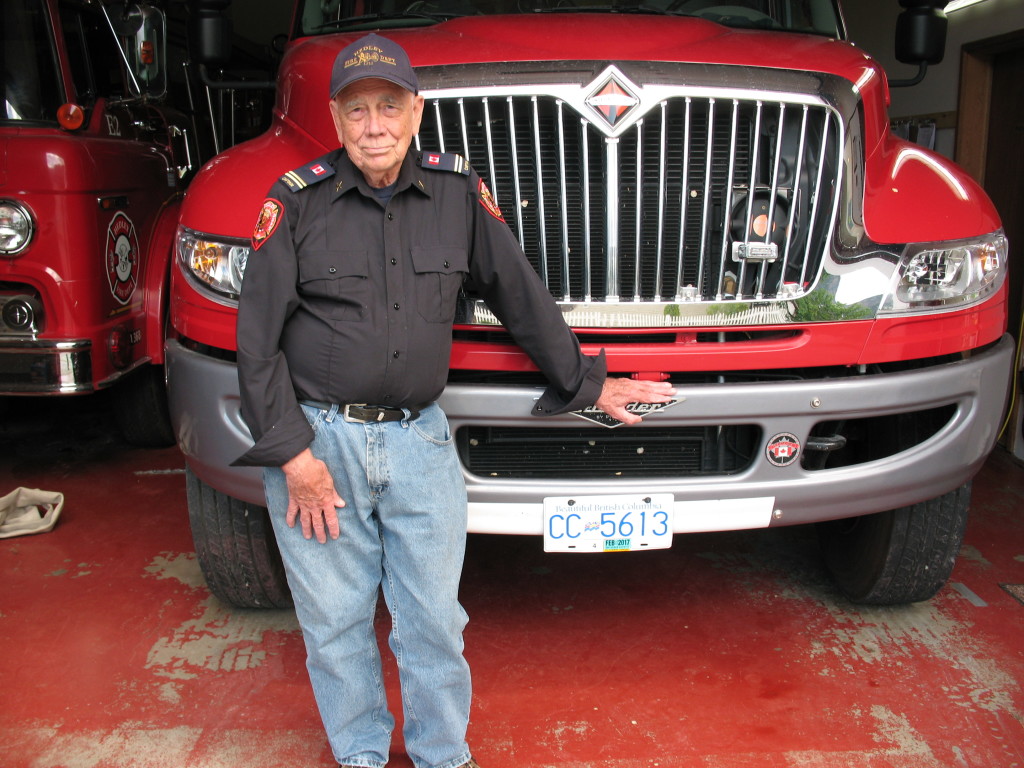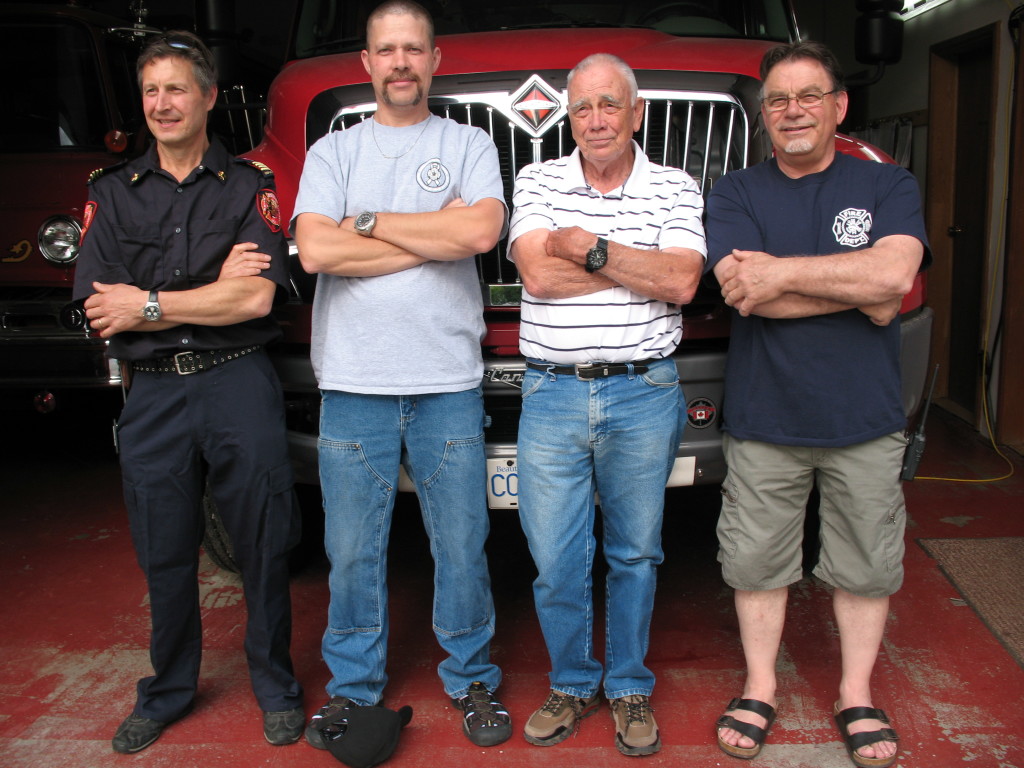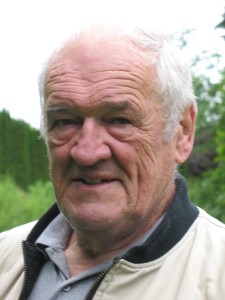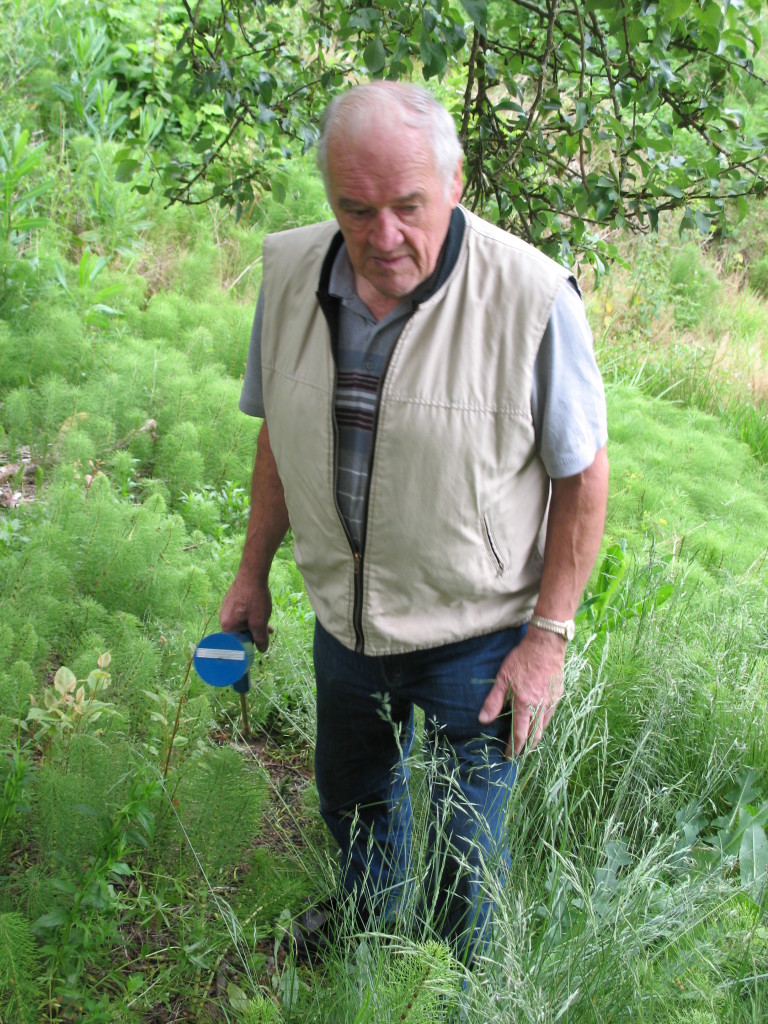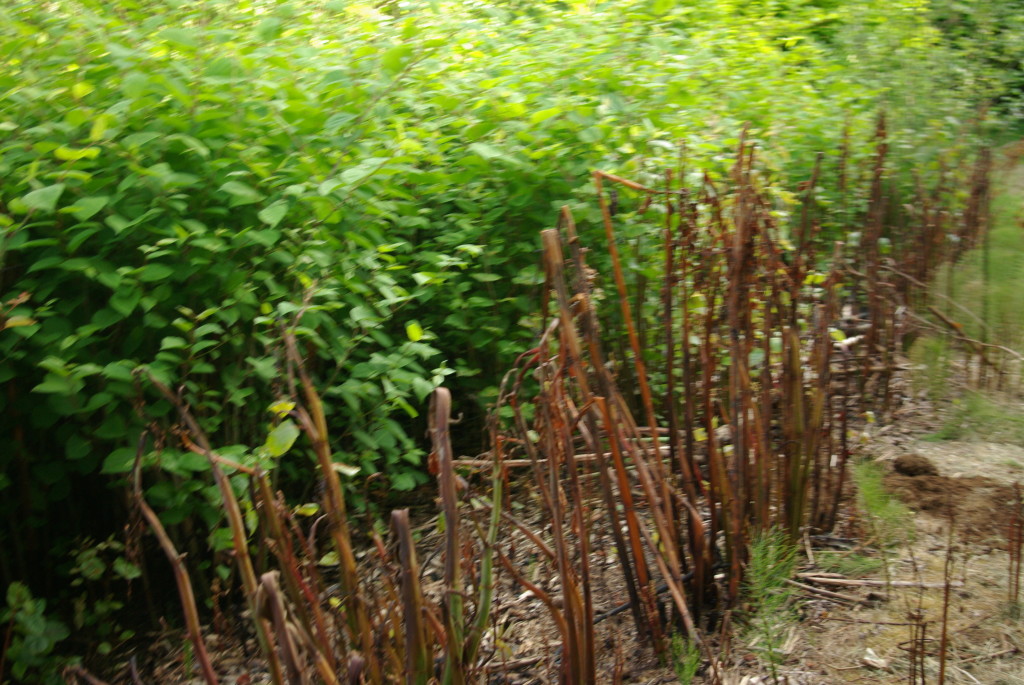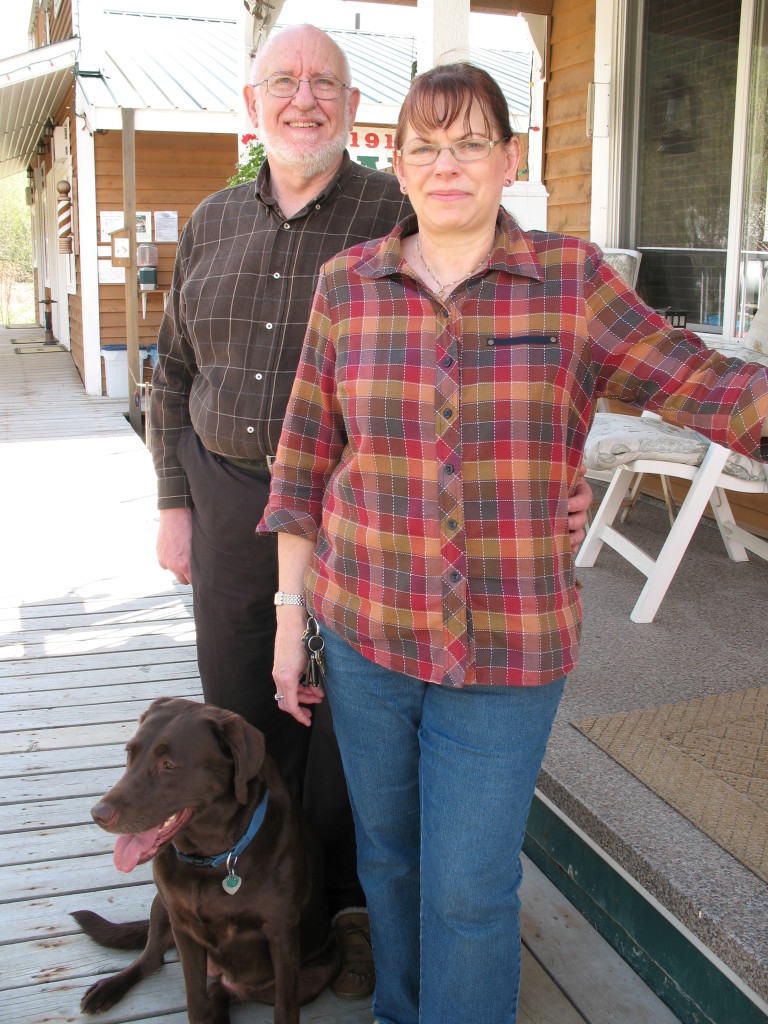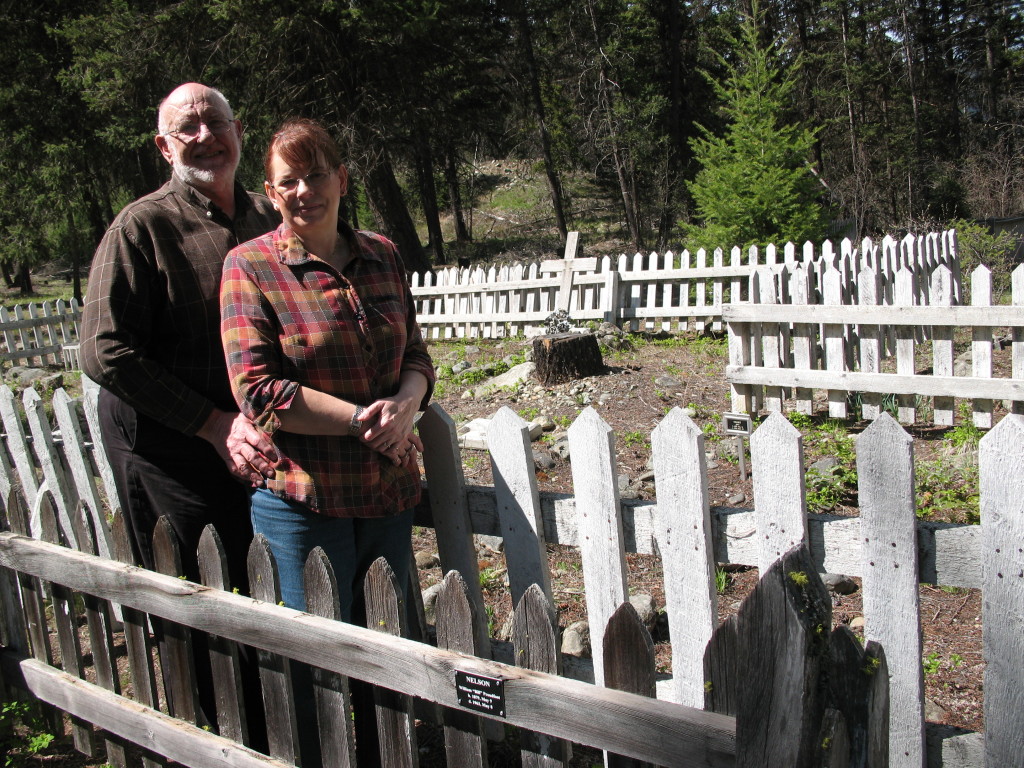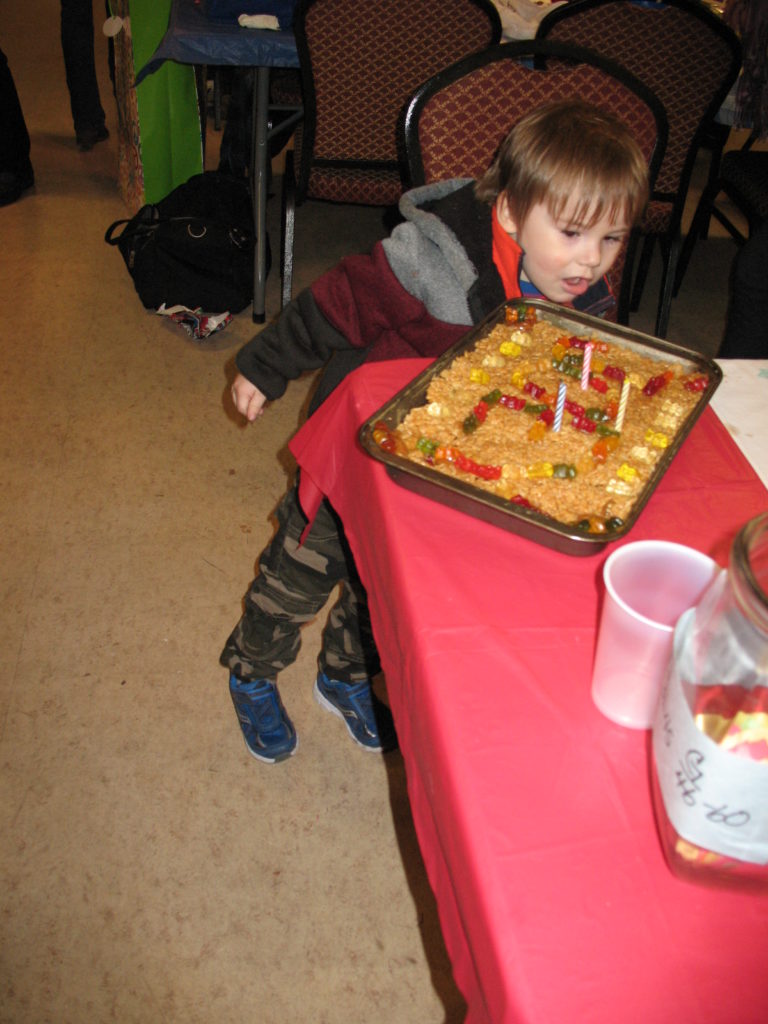
The blaze that destroyed the aged Tillotson home in Hedley on Remembrance Day is still stirring hearts in the Similkameen valley and beyond. It was the home of Joan Tillotson, her daughter Amy Schindel, and Amy’s 3 year old son Joey. There were many hugs for the two women at a fund raiser potluck Sunday evening. The highlight for Joey was a cake with candles to celebrate his 3rd birthday.
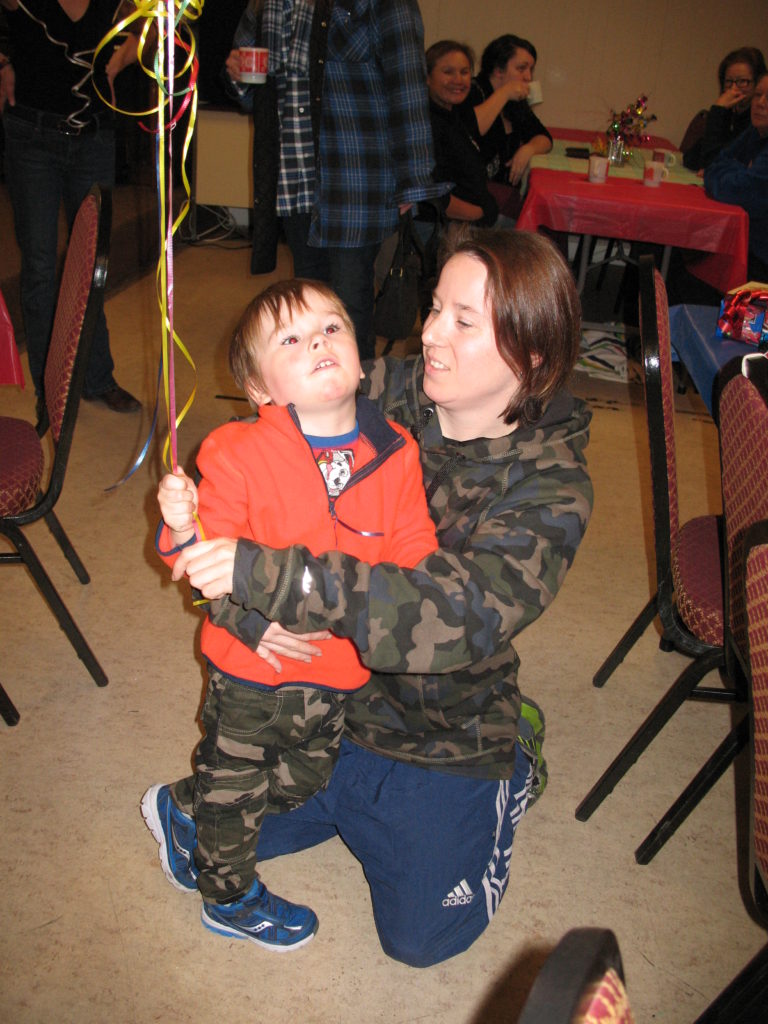
In a conversation with Amy after the meal, the young mother said “We lost everything, but I have Joey. That’s the most important thing. He was sleeping on a couch when my mother and I stepped out onto the porch for a couple of minutes. I suddenly noticed a glow and ran in. Joey was crying. The fire was spreading so quickly all I could do was pick him up and run out.”
“Joey was traumatized,” Joan said. “For a few days, he didn’t talk. He just made noises. Even now he’s frightened when he sees fire, or if there is a loud bang.”
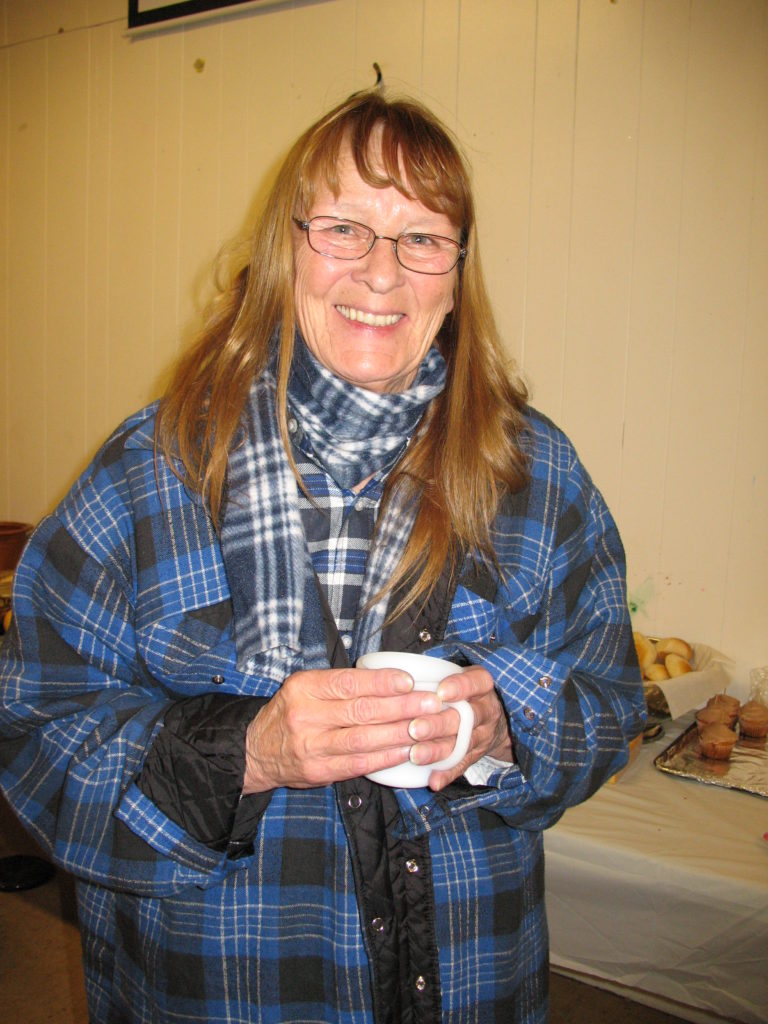
“I know I should have grabbed my wallet to save my ID,” Joan added, “but it was hot and the house was filling with smoke. It all happened so quickly my mind went blank. We got out with only the clothes we were wearing.”
The Tillotson family moved into the two story house in 1954. Joan was age 4 at the time. Later, as a young adult she moved out.
“Amy was the daughter of my sister,” she said. “When my sister died, I adopted Amy. She’s my daughter. My Dad passed away when he was 93 and the house was empty, so we moved back in.”
The potluck, held at the Hedley Community Club, was one of several ongoing fundraisers in the community. It was spearheaded by Doug & TJ Bratt, owners of the Hedley Country Market. TJ said, “The donation box at the store has already garnered approximately one thousand dollars. Pointing to a large jar brimming with donations, she said “There’s probably another five hundred in there.” About 60 people were at the event.
Funds are also being raised by the Hedley Seniors’ Centre and the Hedley Grace Church. Because there was no insurance on the home and everything was burned, there is also a need for clothing and household items. Online donations can be made by transferring funds to amyschindel1008@gmail.com.
“The moral support of so many people has been wonderful,” Amy said at the end, a note of emotion in her voice. “There are a lot of good people in this valley.”

